Cats, Dogs, Horses, Small Pets, Birds, Poultry & Reptile
(How to Use with Fish is below)
our fish testimonials & articles about
Aquatic Serenity and Well-being

How to Tell if Fish are Stressed
Signs and Solutions
Fish, like all living creatures, can experience stress, which can impact their health and well-being. Identifying signs of stress and taking appropriate action can help ensure your fish live long, healthy lives. Stress in fish can be caused by poor water quality, overcrowding, aggressive tank mates, sudden environmental changes, and more. This guide will help you recognize stress in your fish and provide solutions tailored to different causes.
Signs a Fish is Stressed
Recognizing stress in fish is the first step to addressing the issue. Here are some common signs:
1. Erratic Swimming Behavior
Fish darting around the tank, swimming in circles, or remaining in one spot for long periods may be experiencing stress.
Solution: Check the water parameters for ammonia, nitrate, or pH imbalances. Use a test kit to ensure conditions are within safe levels for the fish species. Adjust slowly to avoid further stress.
2. Loss of Appetite
A stressed fish may refuse to eat or nibble on food without swallowing.
Solution: Ensure that the water quality is optimal and that the fish's diet meets its nutritional needs. Reduce feeding frequency to avoid uneaten food, which can pollute the tank.
3. Fading or Dull Colors
Fish under stress may lose their vibrant coloring, appearing pale or dull.
Solution: Observe if the stress is due to tank mates or environmental factors. Consider separating aggressive fish or providing hiding spaces with plants or decorations.
4. Clamped Fins
Stressed fish may hold their fins tightly against their body, reducing their range of motion.
Solution: Investigate the tank’s temperature, as extreme heat or cold can cause this behavior. Maintain a stable temperature suitable for the species in the tank.
5. Gasping at the Surface
Fish gasping for air at the water’s surface may indicate low oxygen levels.
Solution: Ensure adequate oxygenation by cleaning the filter, adding an air stone, or adjusting the water flow. Check for overcrowding, which can deplete oxygen levels.
6. Hiding or Lethargy
Fish that stay hidden or remain motionless for long periods may be stressed.
Solution: Provide sufficient hiding spots with plants or tank decorations. If aggressive tank mates are the cause, consider separating them.
What Causes Fish Stress?
Understanding the root cause of stress is essential to resolving it. Here are some common causes and what you can do:
1. Poor Water Quality
Stress is often linked to water quality issues, such as high ammonia, nitrite, or nitrate levels.
Action:
Perform regular water changes (10-20% weekly for most tanks).
Use a water conditioner to remove chlorine and neutralize toxins.
Monitor parameters using a water test kit and maintain stable conditions.
2. Overcrowding
Overcrowding leads to competition for resources and heightened aggression among fish.
Action:
Follow the general rule of 1 inch of fish per gallon, adjusting for species-specific needs.
Upgrade to a larger tank or reduce the number of fish if necessary.
3. Aggressive Tank Mates
Aggression from tank mates can cause significant stress, especially in peaceful species.
Action:
Identify the aggressor and consider rehoming it or moving it to a separate tank.
Rearrange tank decorations to disrupt territorial boundaries.
Research compatibility when adding new fish.
4. Sudden Environmental Changes
Drastic changes in temperature, lighting, or water chemistry can cause stress.
Action:
Avoid rapid temperature shifts by acclimating new fish gradually to tank conditions.
Keep lights on a consistent schedule using a timer to mimic natural cycles.
5. Inadequate Diet
Poor nutrition can weaken fish, making them more susceptible to stress.
Action:
Offer a varied diet suitable for the species, including high-quality flakes, pellets, and occasional treats like brine shrimp or bloodworms.
Avoid overfeeding, as leftover food can foul the water.
Preventing Fish Stress
Proactively managing your tank can help minimize stress and keep your fish happy and healthy.
1. Maintain a Clean Tank
Regularly clean the tank by removing debris, vacuuming the substrate, and cleaning filters. A clean environment is essential for stress-free fish.
2. Provide Hiding Spots
Decorations, caves, and plants offer fish a sense of security, reducing stress from environmental factors or aggressive tank mates.
3. Use Calming Solutions
Natural remedies, such as flower essences designed for aquatic use, can promote a calming environment. Wipe the outside of the tank with a cotton pad soaked in a calming essence to avoid altering water chemistry.
4. Monitor Tank Conditions
Invest in a reliable thermometer, water test kit, and filtration system. Regular checks ensure the tank remains a stable, healthy environment.
5. Choose Compatible Tank Mates
Research species compatibility before adding new fish. Avoid mixing aggressive species with peaceful ones to prevent conflict.
Conclusion
Stress in fish is a serious issue that, if left unchecked, can lead to illness or death. By recognizing the signs early and addressing the underlying causes, you can ensure your fish thrive in a calm, balanced environment.
Your aquarium should be a source of tranquility and enjoyment—not stress. With proper care and attention, you can create an underwater haven where your fish can flourish.


Before and After Videos


BEFORE AND AFTER VIDEOS
troubled waters calmed:
Magical Before & After videos!
Aggressive Fish Tank Improvement
Calmed By Social Fish Solution
Regular Tank Activity
Take a look at the fish swimming at a calmer pace!
before Social Fish Solution
1 day after Social Fish Solution
10-weeks after Social Fish Solution
feeding time
Notice the decreased feeding frenzy!
before Social Fish Solution
1 day after Social Fish Solution
10-weeks after Social Fish Solution


TESTIMONIALS


TESTIMONIALS
Fintastic Feedback
My Tank Is So Peaceful!
Missing Snails Re-appear
No More Fish Cannibalism!
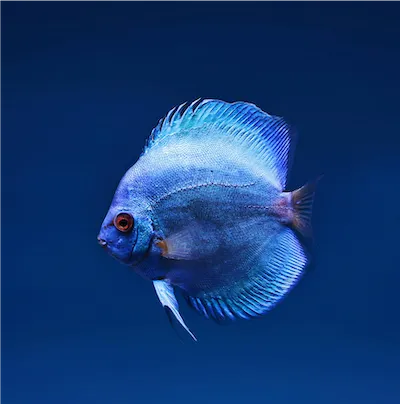
GOAL:
Harmony In the Harris' Fish Tank
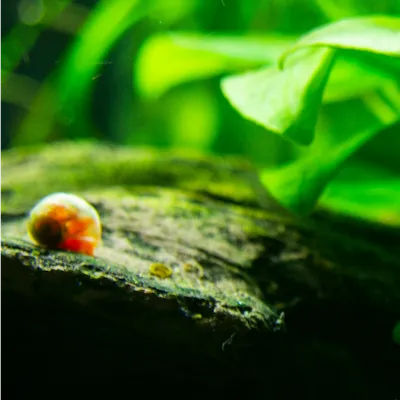
GOAL:
Harmony In the Dunn's Fish Tank
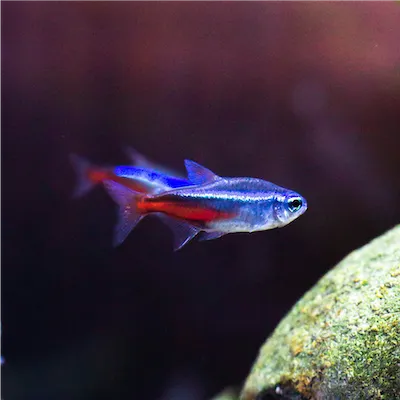
GOAL:
Harmony in the Meyer's Fish Tank
My tank became so aggressive. I no longer found it peaceful to sit and watch my tank.
One day later:
I can already see a difference! The tank is calmer and I get enjoyment from catching a glimpse of it as I walk by.
— DW
I thought my two snails were dead—I have not seen them in six months.
Two days later:
I spotted one snail out in the open.
One week later:
The second snail appeared along side the other.
— JN
I stopped buying my favorite small fish because they were eaten by my bigger fish within two days.
Two weeks later:
Now that my tank is calmer, it felt safe to add the small fish into the tank. I can still count all three of them one month later!
— CJ
My Tank Is So Peaceful!

GOAL:
Harmony In the Harris' Fish Tank
My tank became so aggressive. I no longer found it peaceful to sit and watch my tank.
One day later:
I can already see a difference! The tank is calmer and I get enjoyment from catching a glimpse of it as I walk by.
— DW
Missing Snails Re-appear

GOAL:
Harmony In the Dunn's Fish Tank
I thought my two snails were dead—I have not seen them in six months.
Two days later:
I spotted one snail out in the open.
One week later:
The second snail appeared along side the other.
— JN
No More Fish Cannibalism!

GOAL:
Harmony in the Meyer's Fish Tank
I stopped buying my favorite small fish because they were eaten by my bigger fish within two days.
Two weeks later:
Now that my tank is calmer, it felt safe to add the small fish into the tank. I can still count all five of them one month later!
— CJ
Calm Animal Solutions is bringing gentle, natural calming support to animals everywhere —
because we believe every animal deserves to feel safe, known, and supported.
A Trained Animal Communicator Connects with Your Pet
With every order, a trained animal communicator connects with your pet to choose the right blend of flower essences
(e.g. Bach Flower Essences) for calming their anxiety. Custom blended flower essences are natural pet calming products.


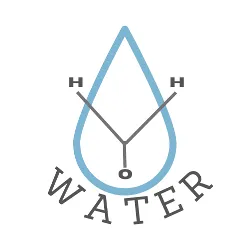
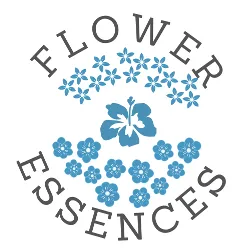
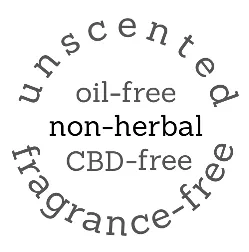

Calm Animal Solutions
Calm Animal Solutions offers customized, natural remedies for dog anxiety, and are calming for cats. Plus, we create blends for horses, small animal pets, birds, poultry, reptiles, and fish.
Flower Blends
CustomBlends4U
©2025, Catherine Winfree. All rights reserved.
Mandatory FDA Notice: The statements made regarding Calm Animal Solutions have not been evaluated by the Food and Drug Administration. These products are not intended to diagnose, treat, cure, or prevent any animal disease. Although the ingredients in Calm Animal Solutions are generally regarded as safe, you are encouraged to consult your veterinary before using any essence product (such as Bach Flower Essences, for example).
Bringing gentle, natural calming support to animals everywhere —
because every animal deserves to feel safe, known, and supported.
A Trained Animal Communicator Connects with Your Pet
With every order, a trained animal communicator connects with your pet to choose the right blend of flower essences (e.g. Bach Flower Essences) for calming their anxiety. Custom blended flower essences are natural pet calming products.





Mandatory FDA Notice: The statements made regarding Calm Animal Solutions have not been evaluated by the Food and Drug Administration. These products are not intended to diagnose, treat, cure, or prevent any animal disease. Although the ingredients in Calm Animal Solutions are generally regarded as safe, you are encouraged to consult your veterinary before using any essence product.

Home | Contact | Terms | Privacy Policy | About Catherine
©2025, Catherine Winfree. All rights reserved.


